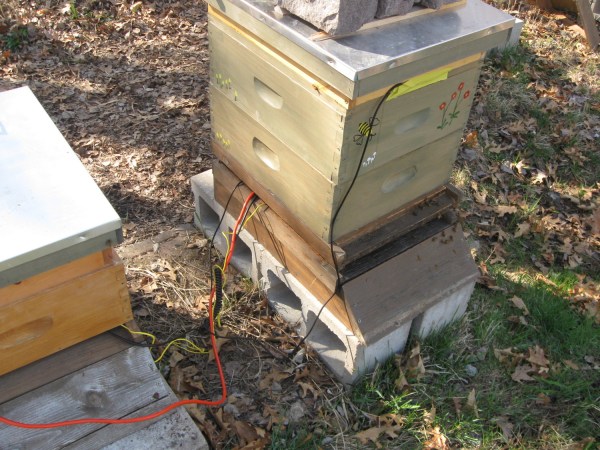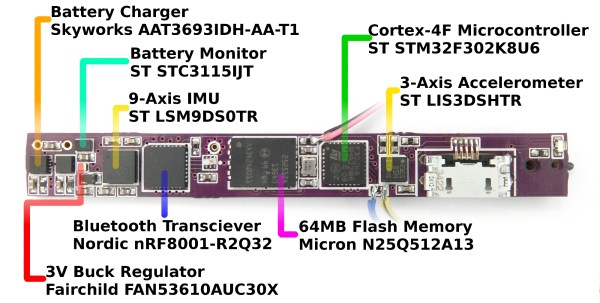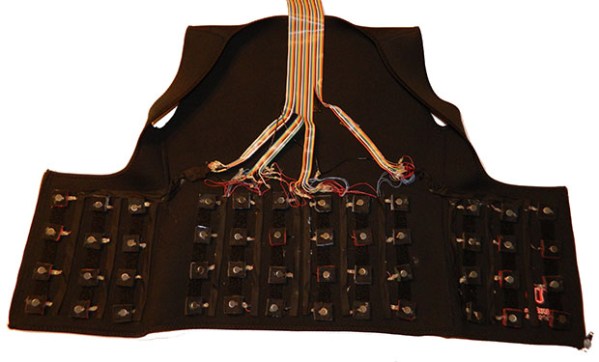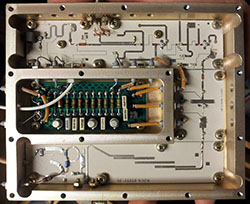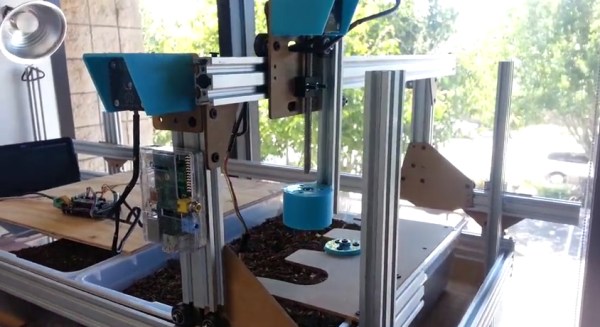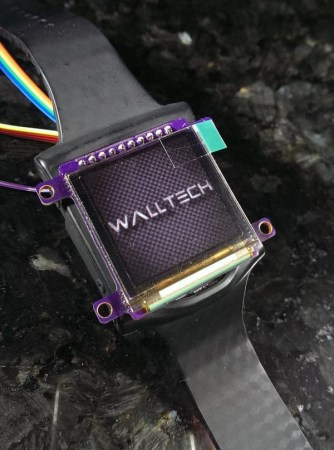[Ken] keeps his bees remotely and can’t check on them as often as he might like to. He wanted some way of knowing when they were out of space, because that slows down their nectar collection. He knew he could do this by remotely tracking the weight and internal temperature of the hives.
His first prototype revolved around a postal scale that couldn’t be turned off between readings. This meant that he needed a bigger solar panel and battery than originally intended. For about a week, the hives were sending data to Thingspeak through an Arduino Fio over XBee.
The current iteration measures the load cells with an HX711 24-bit ADC. This sends the scale data to an Apitronics Bee unit, which adds in temperature data from the hives and sends everything to an Apitronics Hive. [Ken] will also stream it to a cloud service so he can monitor them in real-time. [Ken] wants to see as much data as possible and contribute to NASA’s HoneyBeeNet program, so he has a second Bee unit set up to handle a nearby Apitronics weather station.
 The project featured in this post is a semifinalist in The Hackaday Prize.
The project featured in this post is a semifinalist in The Hackaday Prize.

